Contact lenses are often custom-made to suit their user. There is no universal size for everyone, so anyone who wears or is planning to wear contact lenses must undergo a contact lens fitting. A proper fitting conducted by an optometrist is essential because an ill-fitted lens can cause discomfort, blurry vision, and even damage to the eyes.
Types of Lenses
During the contact lens fitting process, your doctor will record information about your eye measurements and lens preferences. If you prefer to wear contacts rather than glasses, whether every day or just occasionally, there are different types of lenses to consider when looking for the best possible option. The following are the most common types of contact lenses.
1. Extended-wear Lenses
This thinner type of lens can be worn continuously, sometimes even overnight. Depending on the particular brand, these lenses can last anywhere from a week to a month.
2. Daily Wear or Disposable Lenses
These lenses should always be removed prior to sleeping. Since they’re disposable, they offer greater convenience, as neither cleaning nor storage is needed. This option also saves you from needing to purchase additional lens solution.
3. Color Contact Lenses
These lenses change the appearance of the iris’s color. They are becoming fairly popular among actors, models, and costume designers.
4. Soft Lenses
Soft lenses are arguably the most popular type of contacts since they are often more comfortable to wear, simple to adjust, and tend stay in place.
5. Hard Lenses
This lens type is durable and easy to maintain. They can also retain their shape while allowing adequate air flow to the eyes.
Eye Measurements
Besides choosing the right type of lens, proper eye measurements are also taken during contact lens fittings. Since contacts fit directly over the cornea, accurate measurements are essential to provide you with the best fit. Your optometrist will generally take the following measurements during a contact lens fitting.
1. Corneal Curvature
To help determine the best contact lens for you and to ensure that your lens fits properly, your doctor will measure the front surface of the eye, known as the curvature of the cornea.
2. Pupil or Iris Size
The optometrist may also measure the size of your pupil or iris. This measurement is especially important if you will need specialized lenses.
3. Tear Film Evaluation
Dry eyes are one of the most common problems affecting those with contact lenses. When you do not keep your lenses hydrated, your eyes will feel dry, itchy, and irritated. Your doctor will evaluate and make sure you have sufficient tear film to keep your lenses moist and comfortable. If you have a weak tear film, your doctor may recommend certain types of lenses which work better to maintain moisture. In other cases, they may conclude that contact lenses aren’t the best option for you.
Eye Measurements
The contact lens fitting process also includes an assessment of the front surface of the eye. Your optometrist will need to determine your eye's overall health condition before recommending contact lenses. They will generally look for trauma or diseases of the eye’s surface, such as blood vessels that have grown improperly.
To achieve the best results, it’s vital that your contact lenses fit your eyes comfortably, allow clear vision, and are able to be properly maintained. You don't want to end up with the wrong lens that may lead to severe vision and eye issues. We encourage you to contact us with any questions or concerns regarding the contacts or the lens fitting process—it’s our goal to help you see the world as clearly and comfortably as possible.

